- Replies 165
- Views 29.7k
- Created
- Last Reply
Top Posters In This Topic
-
Marcus2000monster 48 posts
-
trreed 26 posts
-
Mopar1973Man 22 posts
-
dripley 16 posts
Most Popular Posts
-
I appreciate all of this stuff but after @trreedand @W-Ts dissertation above I think me and the micro Henry's are going to have to sit in the corner for a little while.
-
A fuel heater is going to do absolutely nothing for the fuel in the tank. Do whatever you want but that little tid bit negates the fuel heater in the bowl or on the lift pump.
-
Air separation is a HUGE farce that should not be carried into any decision for a fuel system. Stop it.


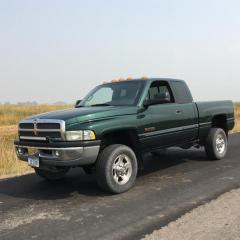
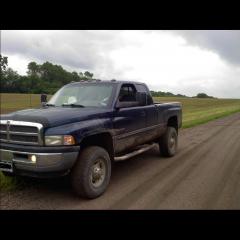



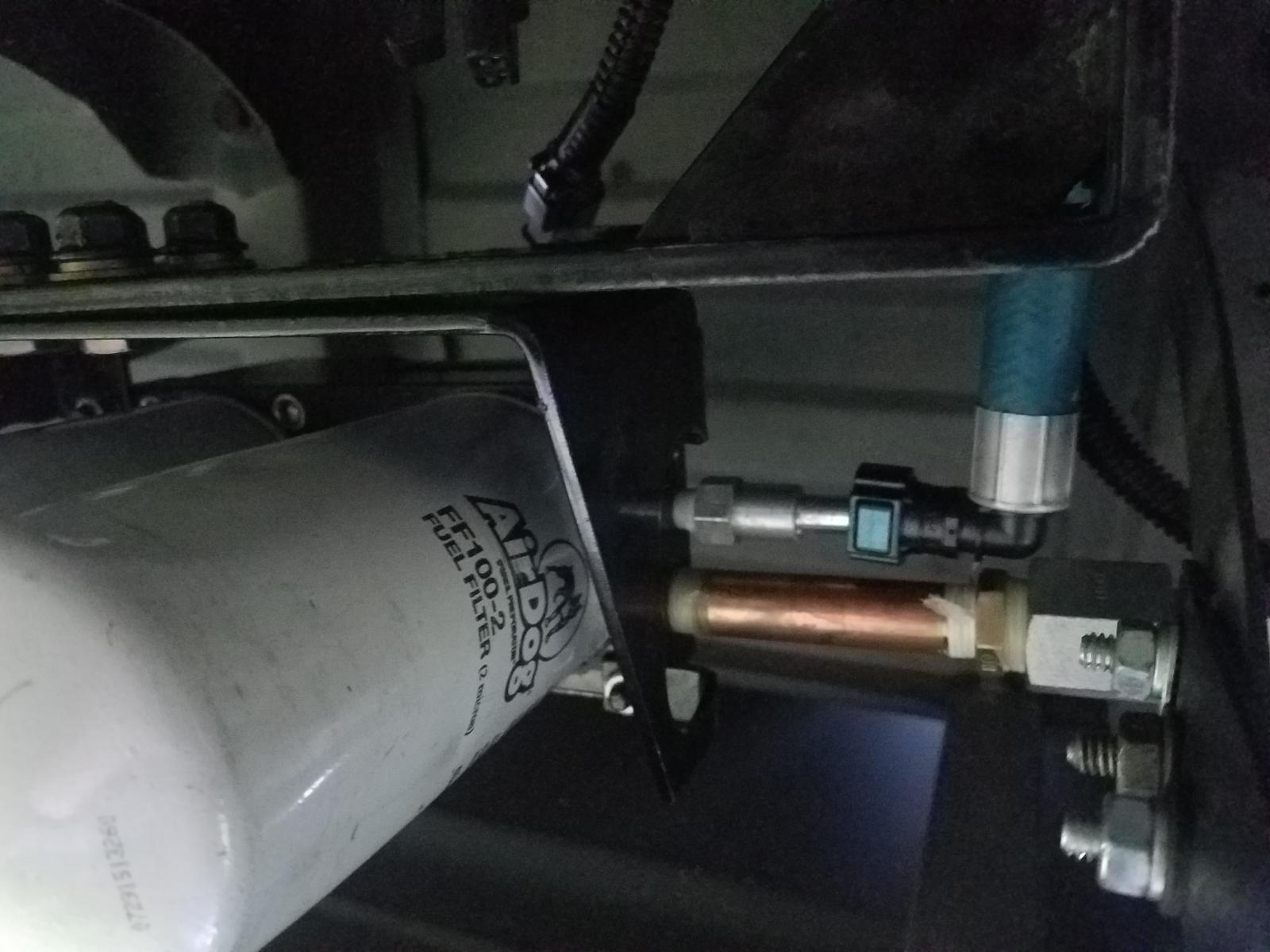
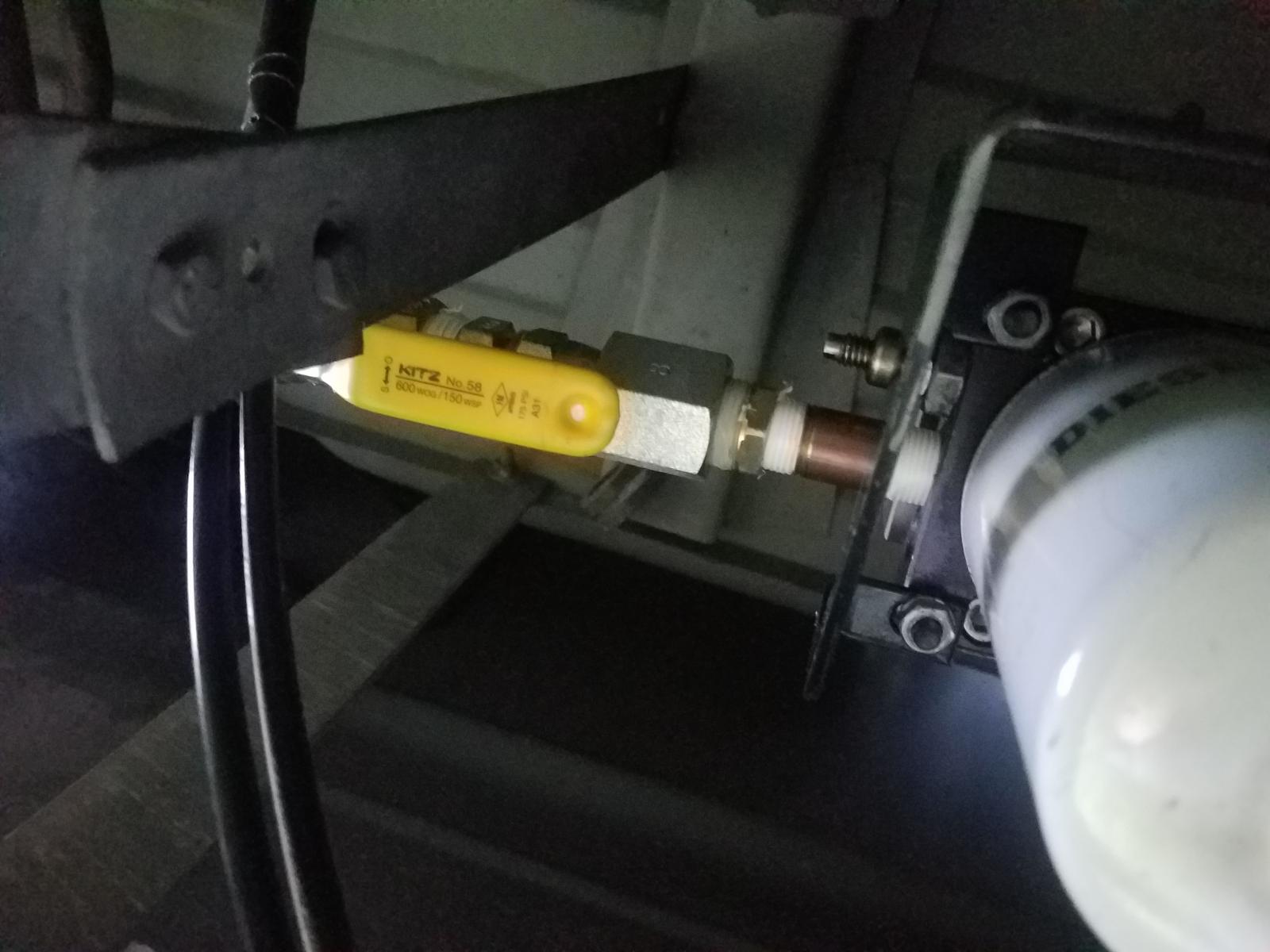
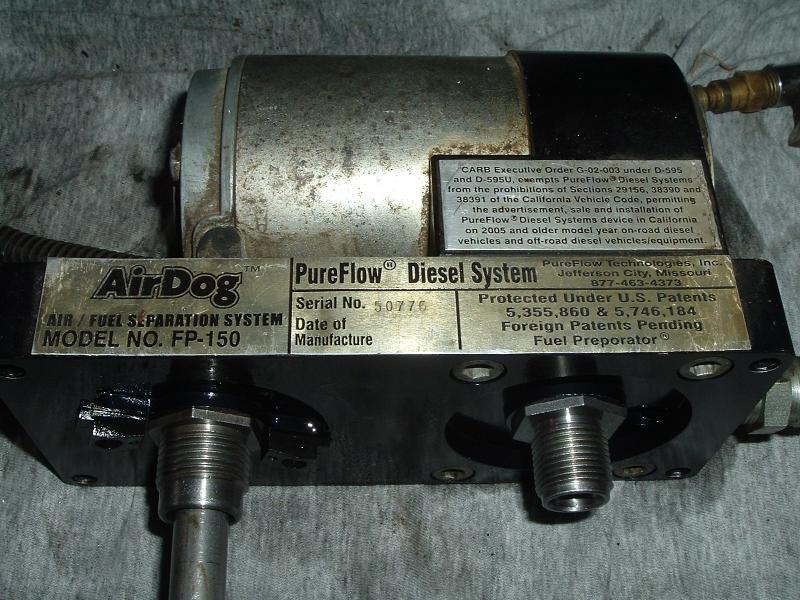
If I'm Lucky enough to get a refund from taxes this year I would like to purchase either a DTT Assasin or A FASS Titanium 95 or 150.
My question is must I modify the stock fuel lines or put in a sump if I go the Fass route or can I reroute the stock lines to the pump?